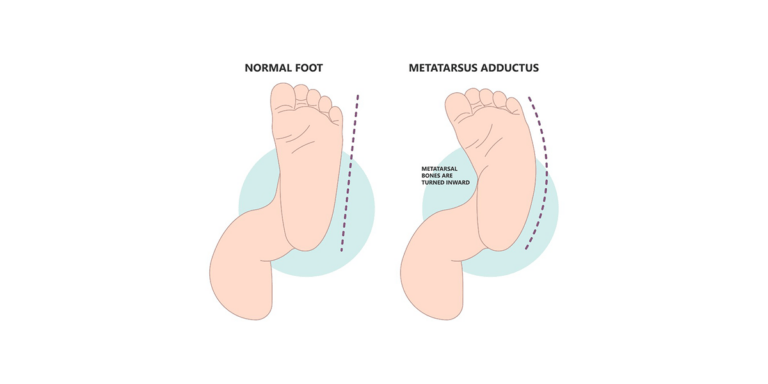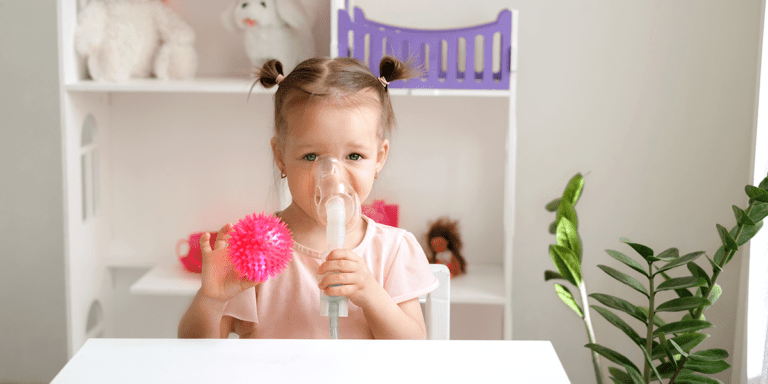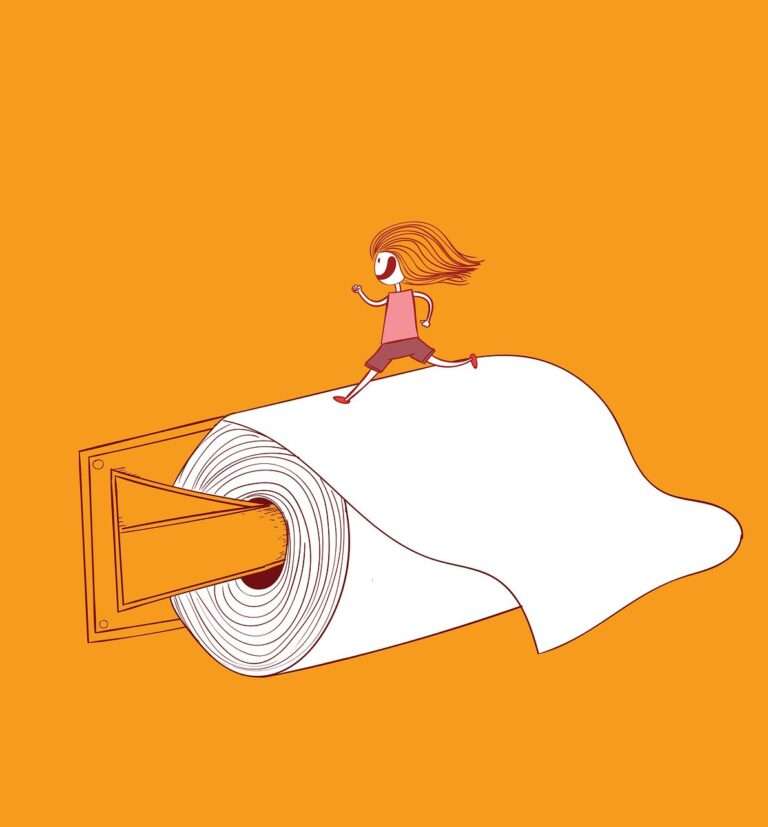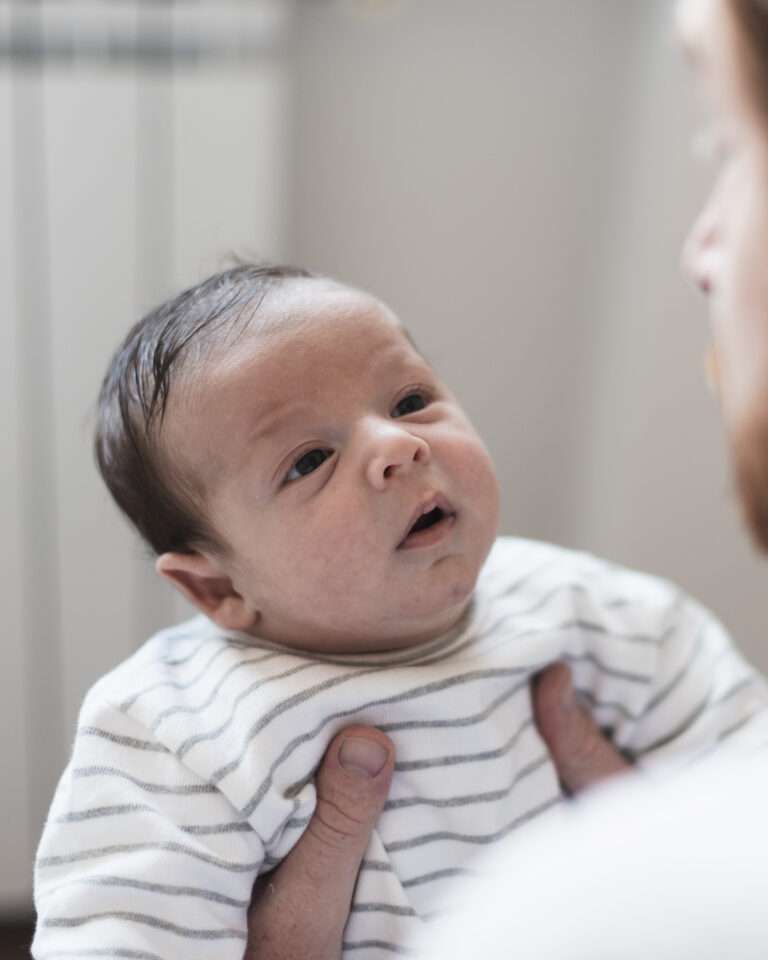Childhood Trauma
- Dr Owais Rafiq
- August 12, 2024
- 6:07 am

Comprehending Childhood Trauma: Its Effect on Behavior
Introduction:

Physical, sexual, and/or emotional abuse, as well as physical and/or emotional neglect, before to the age of eighteen, are common definitions of childhood trauma exposure. Exposure to childhood trauma can also involve more widespread trauma and dysfunction in the home, such as a catastrophic accident, seeing drug misuse by parents, or losing a parent. Studies have shown that those who have suffered from trauma are more prone to participate in a range of problematic activities.
What can cause childhood trauma and how to deal with traumatized child:
| Causes of childhood trauma | How to deal with traumatized child |
| sexual abuse or physical
|
Provide physical or psychological support, create safe environment, educate and empower |
| domestic violence | Remove a child from the abuse environment, secure safe place, emotional support, teach self protection |
| Bullying | Identifying the bully, report the bully, educate about bullying, build social skills |
| dysfunctional family dynamics | Ensure immediate safety, supportive relationship, family therapy, positive activity |
Who is at risk of childhood trauma and behavioral issues and how to deal with a traumatized child:
More intermediate-term consequences of childhood trauma are likely to result in higher rates of risk for the development of conduct disorders, higher rates of teenage pregnancy, school dropout, and involvement with juvenile court jurisdiction due to law violations. Early psychosocial interventions and trauma-specific therapy, along with the developmental needs of children and adolescents, and the opportunity for appropriate interventions to meet the specific needs of traumatized children are necessary at any point in time. To meet a child’s needs in daily life after a traumatic experience, different types of support and therapy are needed, involving parents, teachers, social workers, and therapists. Clear cooperation and collaboration between caregivers and mental health professionals are necessary. Mental health professionals should be advisors for educators and all individuals concerned with the well-being of children.
• being bullied or harassed,

• living in situations that increase one’s exposure to trauma,
• low self-esteem,
• lack of identity,
• domestic violence or abuse, and Poor academic performance
Myths vs Facts related to childhood trauma and behavioral issues:
Myth: Talking about one’s trauma is the best thing for those who have experienced it.
Fact: Relying too much on childhood traumas may not lead to healing and may even re-traumatize people. Other strategies, like prompt interventions and routines, are required for control and transformation.
Myth: It’s not good to discuss or examine the past too much.
Fact: Ignoring the past might cause guilt and delay dealing with the trauma. Recovery requires focusing on reprocessing and regulation.
Myth: Trauma couldn’t possibly affect the brain and body long after the trauma.
Some kids are very resilient during the first few years of life after a traumatic experience. Some kids develop without any problems, while other kids begin to struggle around ages 9-12.
Identifying symptoms of childhood trauma behavior issues:
That said, the signs and symptoms listed below must always be considered in the context of a young child’s history, care giving system, supports, etc. and with recognition that these symptoms could also be symptoms unrelated to trauma.
Infants
(birth to 3 years) Young children (3 to 6) 
- Eating disturbance (The child might eat much more or much less than usual)
• Sleep disturbances (like trouble falling asleep, frequent waking, nightmares, or restless sleep due to anxiety and stress)
• Somatic complaints (such as headaches, stomachaches, or other physical pains without a clear medical cause, often as a response to emotional distress)
• Feeling helpless/passive (often believing they have no control over their situation or outcomes)
• Constricted play, exploration, mood (appearing less interested in activities, less curious, and more emotionally withdrawn)
• Developmental regression (reverting to earlier behaviors like bedwetting, thumb-sucking, or baby talk)
• Language delay (having trouble developing or using language skills appropriate for their age)
• Aggressive behavior (reacting with anger or violence towards others or objects)
• Sexualized behavior (when someone acts in a way to get sexual attention e.g. talking, dressing, or acting in a sexual manner)
• Sadness/depression (often feeling persistently unhappy, hopeless, or uninterested in activities they once enjoyed)
• Physical symptoms (headache, etc.)
• Repetitive/post-traumatic play (when a child repeatedly acts out a scary or upsetting event experience)
How to deal with traumatized child and medical care:
How to Help Children Ages 0-2:
Infants sense your emotions and react accordingly. If you are calm, your baby will feel secure. If you act anxious and overwhelmed, your baby may react with fussing, have trouble being soothed, eat or sleep irregularly or may act withdrawn.
What you can do is make an effort to remain composed. Soothe your infant with calming words, even if you are feeling tense or nervous.
How to Assist Kids in the Ages of 2–5:
Even though they are developing rapidly at this age, children still rely on their parents to provide for them. Just like with babies, kids usually act in accordance with how their parents act. Your youngster will feel more secure if you are composed and self-assured. If you appear nervous or overextended, your kid can feel in danger.
Typical reactions of children ages 2 to 5:
• Talking repeatedly about the event or pretending to “play” the event
• Tantrums or irritable outbursts
• Crying and tearfulness.
Managing childhood trauma at home remedies and how to deal with traumatized child:
Bold some points here for quick review for kids experiencing trauma-related behavioral problems, some at-home treatments and tips are as follows:
- Create a safe environment
- Establish routine
- Engage in calming activities
- Seek professional help
Luckily, you don’t need a superhero suit to help your child manage anxiety. Here are some awesome home remedies you can try:
Become a Master Storyteller: Fear often thrives in the shadows of the unknown. Help your child understand anxiety through stories! Create a personalized narrative where a brave knight (your child!) defeats a monster through relaxation techniques.
Create a Daily Routine: Create a reliable daily schedule that consists of set times for meals, rest periods, and activities. This could make kids feel more self-assured and in control.
Promote Physical Exercise: Get children moving by including them in sports, dance, or merely outdoor play, this can help you burn off adrenaline, improve the quality of your sleep, and release mood-improving endorphins.
Sustain a Healthful Diet: Make sure kids consume a diet high in fruits, vegetables, and omega-3 fatty acids that is balanced. Avoid processed and quick meal items as these may exacerbate symptoms.
The Magic of Relaxation Techniques: Progressive muscle relaxation can be a powerful tool for kids. Guide them through tensing and releasing different muscle groups, creating a wave of relaxation throughout their body.
Prevention:
For kids experiencing trauma-related behavioral problems, some at-home treatments and tips are as follows:
Create a Daily Schedule: Create a reliable daily schedule that includes set hours for activities, meals, and sleep. Children may feel more confident and in charge as a result of this.
Maintain a Healthy Diet: Ensure that children eat a diet rich in fruits, vegetables, and omega-3 fatty acids that is balanced. Eat fewer convenience and processed foods as they can exacerbate symptoms.
Promote Social Interaction: After a traumatic occurrence, encourage your kids to play with their friends and participate in activities they used to enjoy. They may feel less alone and more connected as a result.
Exercise Patience and Understanding: As children process their trauma, practice patience and understanding with them. Do not blame them or criticize their actions.
Indicate prevention: Help children who are already exhibiting trauma-related disorders by utilizing suggested preventive strategies, such as trauma-focused cognitive-behavioral therapy or other cognitive-behavioral therapies.
Dr Owais Rafiq
Subscribe to Dr Owais YouTube channel
For parenting advice, child health, symptoms, causes and treatment of illness in children.

